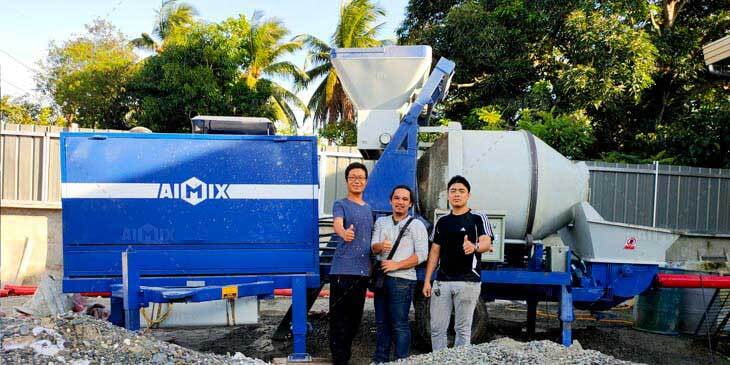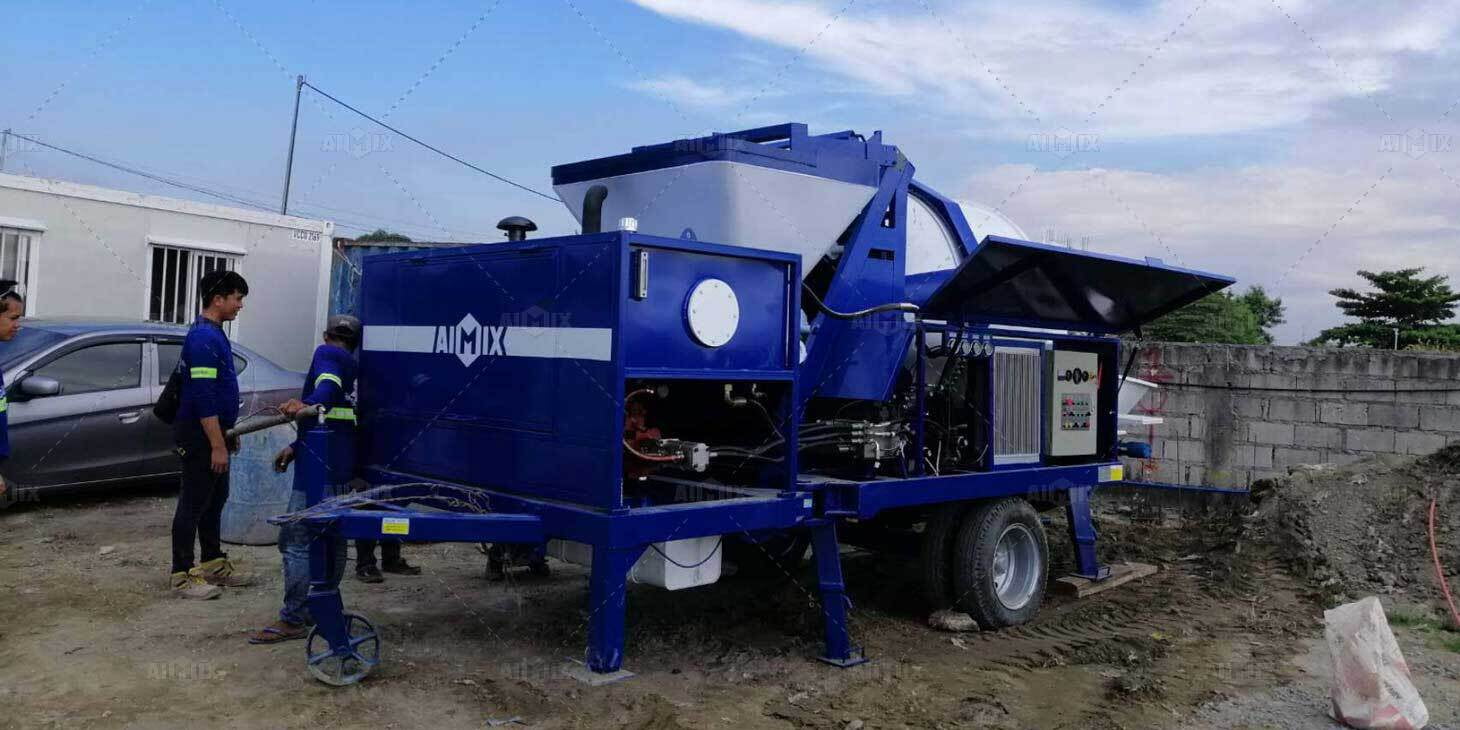To ensure the efficient operation of a concrete mix pump, it is crucial to regularly check its hydraulic system. This system is the lifeblood of the pump, influencing not just its performance but also its longevity. A thorough inspection can prevent costly breakdowns and ensure a smooth workflow on construction sites. Below is an outline that will guide the exploration of this essential maintenance process.

Understanding the Hydraulic System
The hydraulic system of a concrete mix pump is an intricate network of components that work in unison to deliver the necessary power for operation. At its core, it consists of a pump, reservoir, valves, and hoses. Each element plays a pivotal role in ensuring that concrete is mixed and delivered seamlessly. The importance of regular checks cannot be overstated; neglecting this system can lead to inefficiencies, increased wear, and potential catastrophic failures. By understanding the anatomy of the hydraulic system, concrete pump equipment operators can better appreciate the significance of maintenance.

Steps for Inspecting the Hydraulic System
When inspecting the hydraulic system, the first step is to conduct a visual inspection. Look for any signs of wear, damage, or leaks around hoses and fittings. Pay close attention to the connections, as even the smallest crack can lead to significant losses in pressure. Following this, it is essential to check the fluid level and quality. Hydraulic fluid should be clean and at the appropriate level, as dirty or low fluid can impair the system's functionality. Use a dipstick or sight gauge to assess levels and ensure that the fluid is free from contaminants. The final step involves pressure testing. This is crucial to ascertain whether the system is operating within the specified pressure range. A pressure gauge can help monitor this; if the pressure deviates from the norm, it may indicate underlying issues that need addressing.
Troubleshooting Common Issues
Despite thorough inspections, issues can still arise within the hydraulic system. One common problem is identifying leaks. If fluid levels are consistently low, it may signal a leak in the hoses or connections. Addressing these promptly is vital to maintain the integrity of the system. Another concern is pressure problems. If the pressure is too low, it may lead to a sluggish pump; if too high, it could cause damage. Regular monitoring can help detect these fluctuations before they escalate. Lastly, adopting regular maintenance tips—such as keeping the hydraulic fluid clean, replacing worn hoses, and ensuring all connections are tight—can proactively mitigate many potential problems.
In conclusion, a well-maintained hydraulic system is essential for the optimal performance of a concrete mix pump. By understanding its components and the importance of regular checks, operators can implement effective inspection protocols. A systematic approach to inspecting and troubleshooting the hydraulic system not only enhances efficiency but also prolongs the life of the equipment, ultimately ensuring a successful concrete pouring operation.

